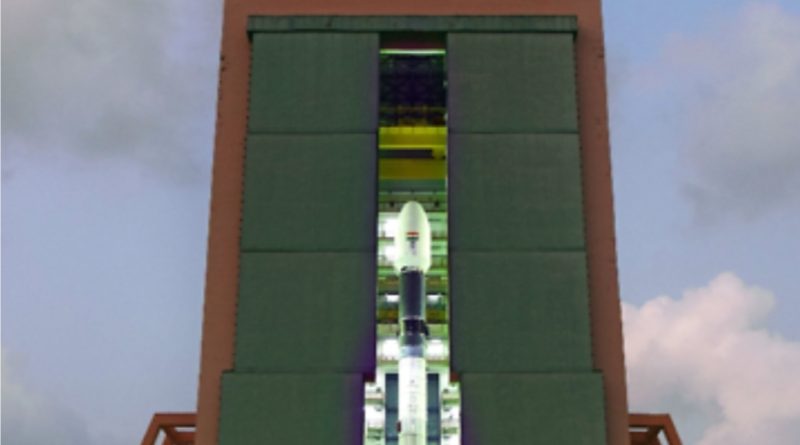ISRO / 16-storey building to be launched by an equally high rocket GSAT-1 satellite, will monitor 24 hours Indian subcontinent
new Delhi. Indian Space Research Organization (ISRO) will launch the Satish Dhawan Space Center at Sriharikota on March 5 through GSLV-F10, a Geo-Imaging Satellite (GSAT-1). The GSLV F-10 rocket from which this satellite will be launched is as high as a 16-storey building and weighs 4,20,300 kg. According to ISRO, the launch will be on March 5 at 5:43 pm. This mission will be of 18 minutes i.e. 18 minutes after launch, the GSLV-F10 rocket will put the satellite in its orbit. This will be the 14th flight of GSLV. Through this satellite, pictures of any part of the country can be acquired in real time.
The satellite will be placed in Geosynchronous Transfer Orbit (GTO) with the help of GSLV-F10. After this, the satellite will be installed in its orbit with a height of 36 thousand kilometers through an onboard propagation system. According to ISRO, GSAT Observation Satellite weighing 2268 kg. Which will take pictures of the earth very fast. For the first time in this GSLV flight, 4 meter diameter ogive shaped payload fairing (heat shield) has been installed. It acts as a kind of defense shield for spacecraft. The cone-shaped payload fairing protects the spacecraft from aerodynamic heating (heat) and atmospheric pressure arising from the atmosphere during launch.
Pictures can be acquired in real time through satellite
This satellite has special pay load equipment. It has a long range of imaging cameras, which feature infrared and thermal imaging. There are also several high-resolution cameras, which will be powered by the satellite’s on board system. It can take photos at a resolution of 50 meters to 1.5 kilometers. With the help of this satellite, the Indian subcontinent can be monitored for 24 hours.
Help in guarding the Indian borders
It will also help in the surveillance of Indian borders after it becomes operational. Usually, geosynchronous satellites reach there again after a certain time after passing through some part of the country. But GSAT-1 will remain in such an orbit of the earth from where it can always keep an eye on the entire subcontinent. This satellite will be very helpful in weather forecasting and natural disaster.




